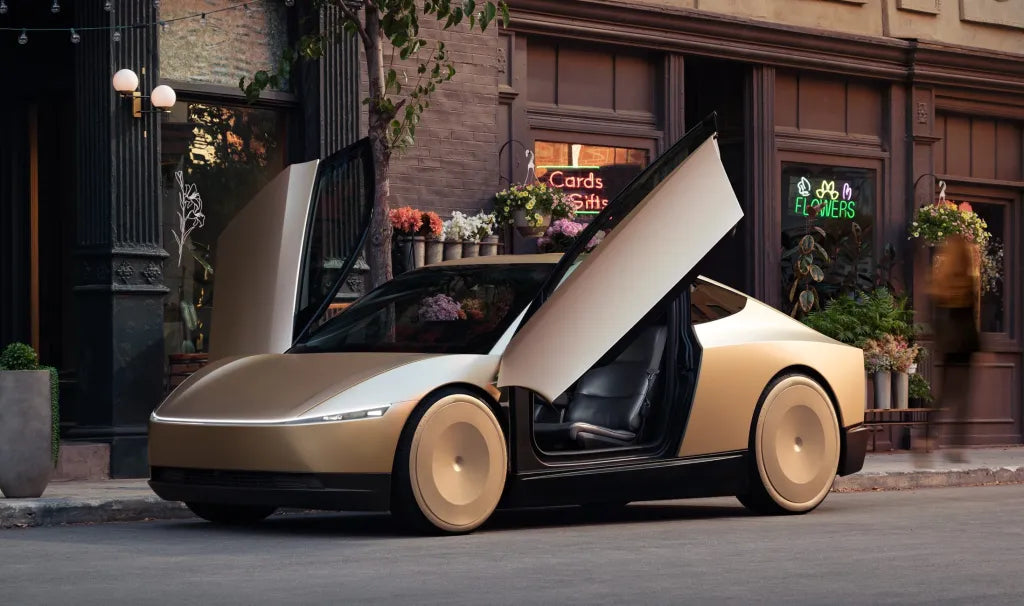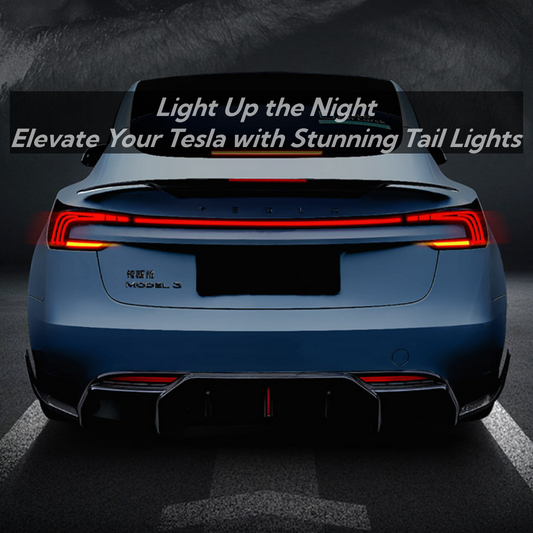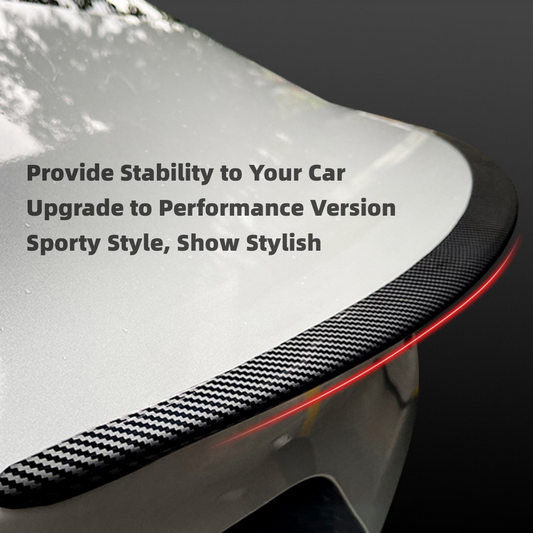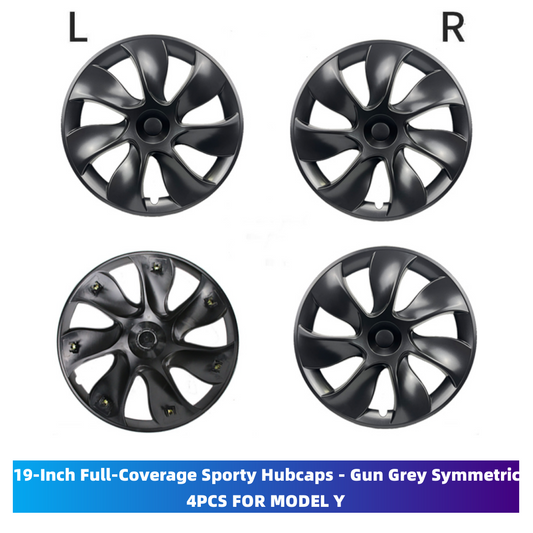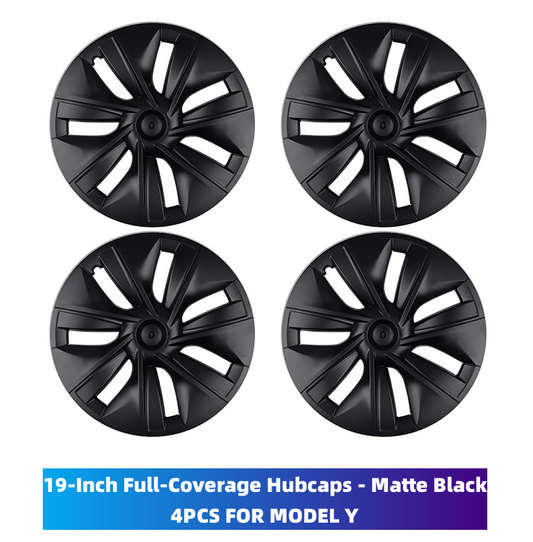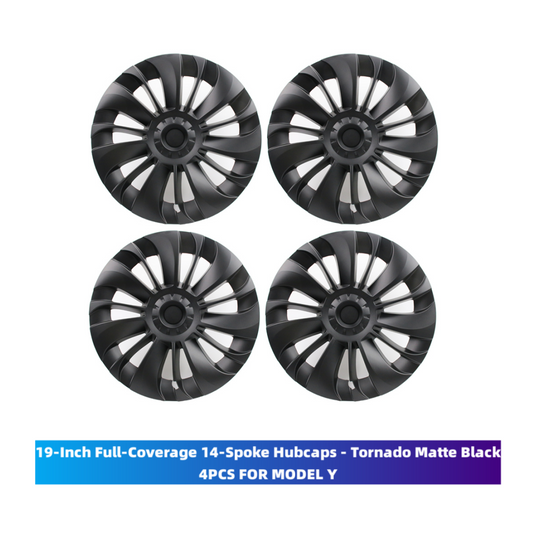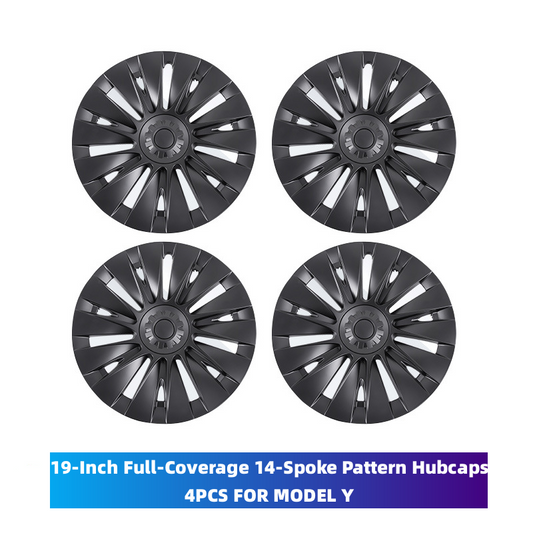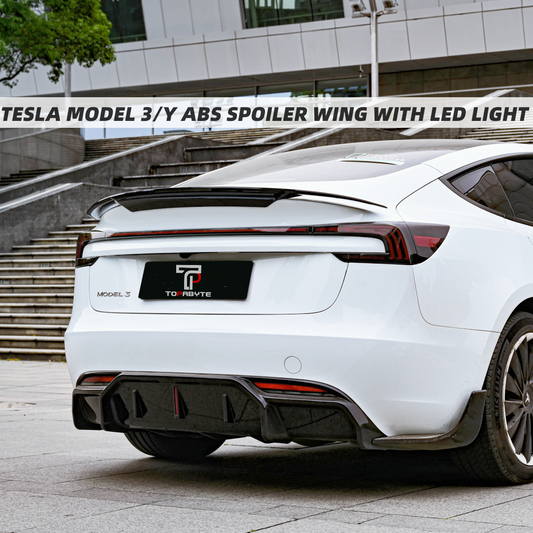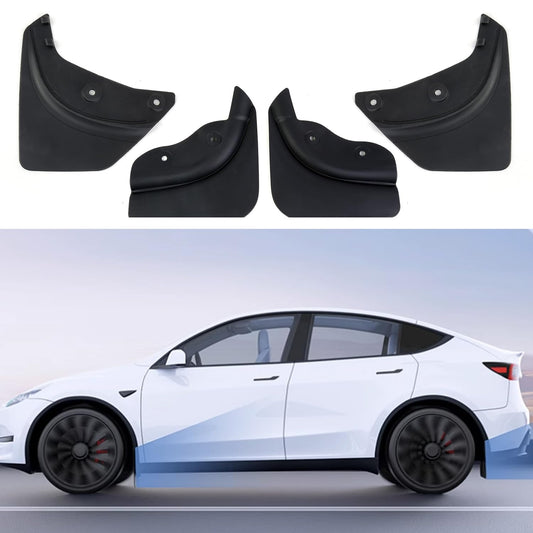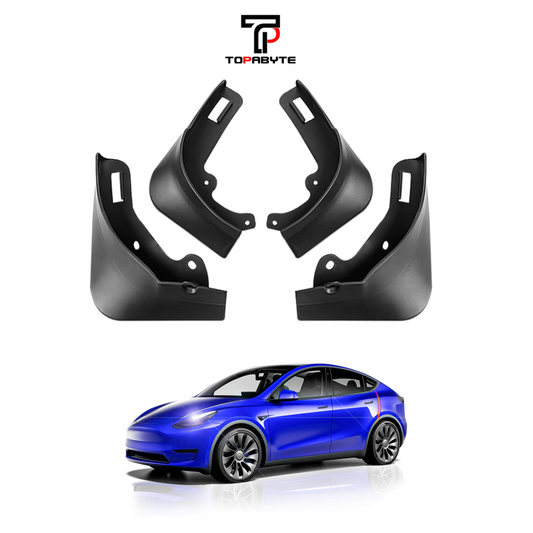The name of the vehicle has caused some confusion; Musk referred to it as both "Cybercab" and "Robotaxi" during the presentation. Tesla's official webpage for the vehicle uses the term "Robotaxi," but details remain sparse.
The Cybercab features a sleek 2-seat design, complete with butterfly doors and no steering wheel or pedals. Prototypes showcased at the event had a striking gold finish and lacked a rear window. Musk revealed that Tesla had 20 Cybercabs present, along with a total of “50 autonomous vehicles,” which likely included Model Y cars.
Visually, the Cybercab incorporates matrix headlights within a front light bar reminiscent of the Cybertruck. Despite being a compact two-seater, it boasts a large hatchback trunk, enhancing its practicality.


One standout feature of the Cybercab is its standard wireless induction charging, a first for Tesla vehicles. While wireless charging has been available in some electric vehicles, its adoption has been limited. However, it’s expected to gain traction with self-driving cars, allowing them to charge autonomously.
Tesla also shared a brief video showcasing an automated cleaning system for the Cybercab. Although specific specs, such as range, were not disclosed, Musk mentioned an ambitious operational cost of $0.20 per mile.
Importantly, Musk indicated that the Cybercab will be available for consumer purchase, not just as part of Tesla's autonomous ridesharing fleet. He confirmed a target production date of 2026, but acknowledged the possibility of delays, hinting that it might arrive in 2027 instead.

Tesla 2024 news from electrek

